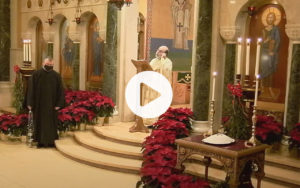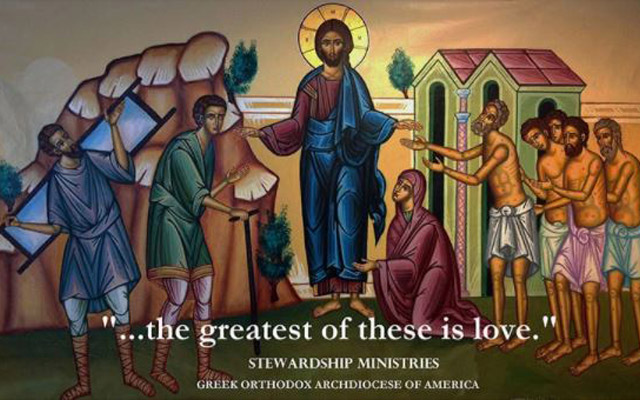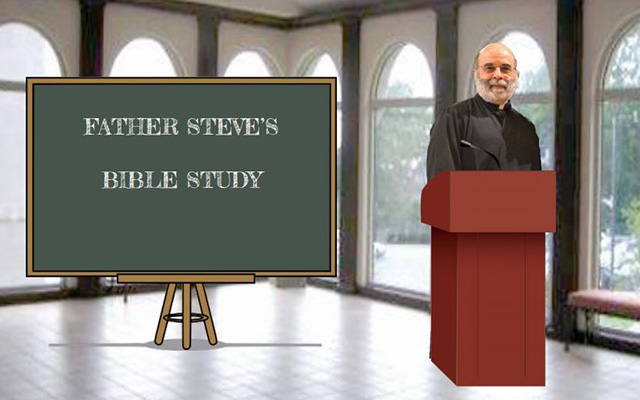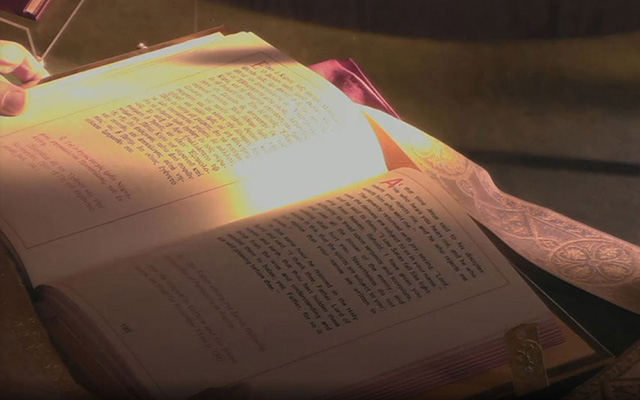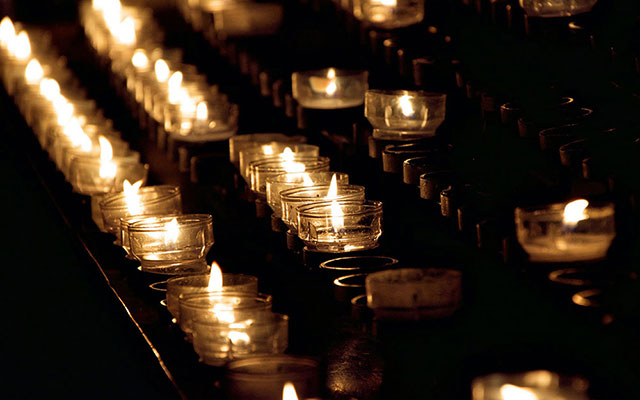Leave-Taking of Pascha. Recruiting Others is Part of the Deal
And Jesus came and said to them, ”All authority in heaven and on earth has been given to Me. Go therefore and make disciples of all nations, baptizing them in the name of the Father and of the Son and of the Holy Spirit, teaching them to observe all that I have commanded you.” Matthew 28: 18-20 (From the Gospel read at the “Vesperal Liturgy on Holy Saturday morning) Christ is Risen! At every Baptism,


